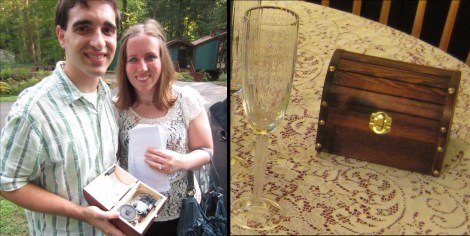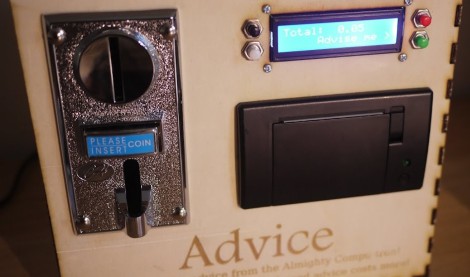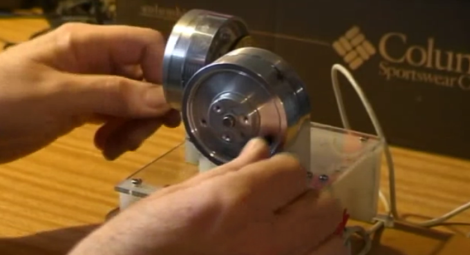
Congratulations to [John Scancella] and his wife to be. Their recent engagement was aided by one of [John’s] projects. Since [Betsy] is a big fan of Zelda, he thought it would be fun to present the ring with the Zelda music playing in the background. He and a friend combined forces to build what you seen in this image.
The music is played by an Arduino with the help of a wave shield. This is pretty much a one-use item so battery life was never a concern. A magnetic switch was used to detect when the box was opened and start the music playing.
You can see the full-sized images after the break, but we can tell that [John] went with a traditional engagement ring. We’re still waiting to see if 3D printed rings are going to catch on in the geek scene. If you just can’t give her anything but precious metal there’s always the idea of encoding messages on the band itself.















